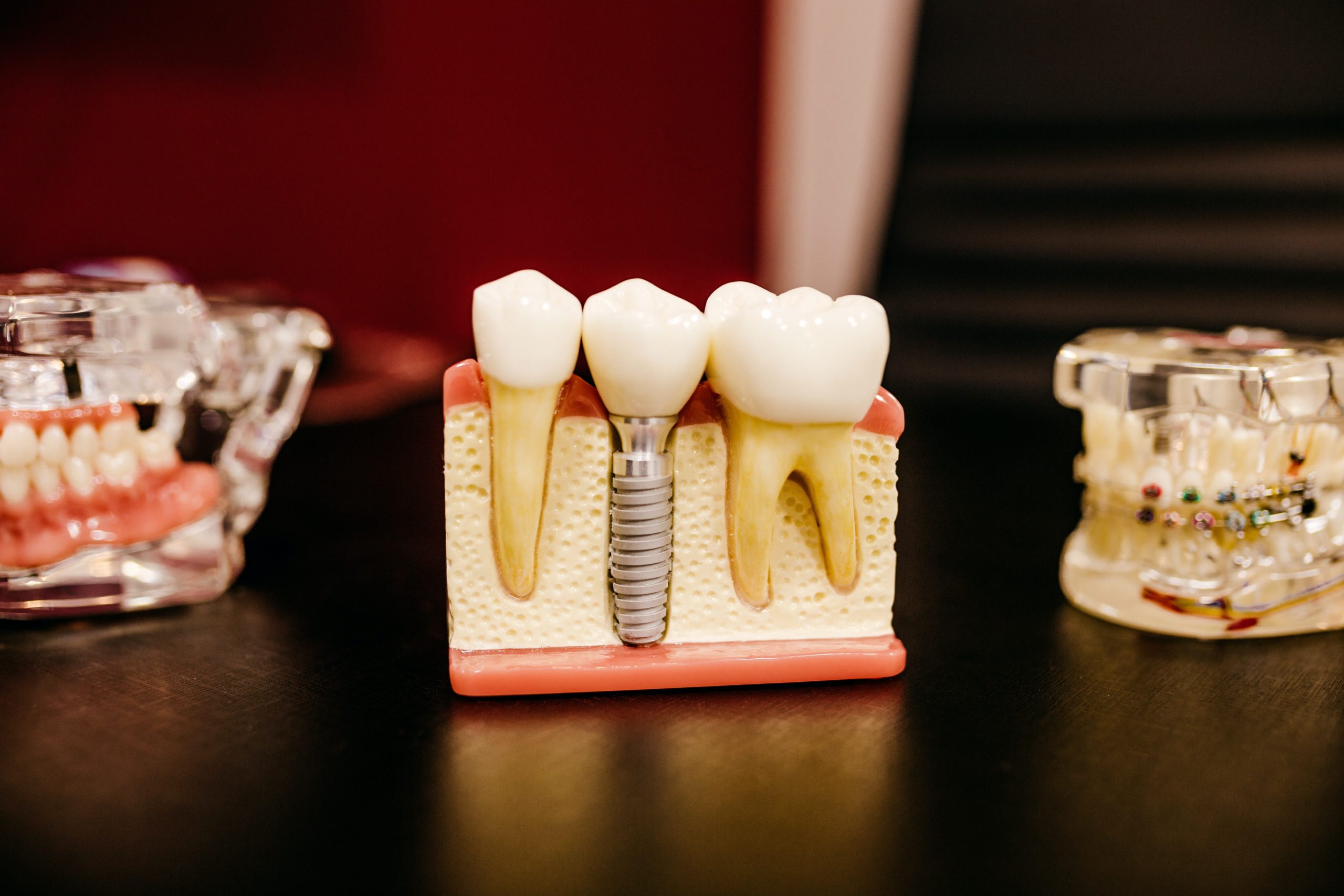DENTAL INSURANCE: 6 Hacks To Reduce Your Dental Cost For Life

Dental Insurance is a blessing. For most Americans, paying for dental care is a significant financial hardship. According to a recent survey, 13% of Americans put off dental care because of the high costs of the process. This is not a surprise that braces need at least $3,000 in upfront fees and that routine cleaning of the teeth often costs between $75 and $200. (x-ray not included).
There are several ways to control your dental health and expenses.
Use dental insurance to reduce your dental expenses.
Dental insurance plans are a good alternative when your job offers either a few benefits or none. In these cases, you can go for independent dental insurance and can get the advantages. Remember that you can get the coverage you need from local and national insurance firms.
Getting personal insurance coverage is an excellent place to start. Usually, these policies operate in the same manner as standard health insurance programs. You will have indemnity policies, provider organizations, preferred health organizations, etc.
The best thing of these insurance plans is that you can combine them with other benefits offered by the government or your company, which will result in a lower cost for you.
Families and individuals who need dental work can opt for an HMO insurance plan. These are good because of the affordable monthly fees, cheap dental costs, no annual preventive care cap, and many other advantages.
The major issue with HMO insurance plans is that there are a few dentists and medical professionals to pick from within the HMO network.
If you decide to buy a dental insurance plan, try your best to study and comprehend all the plan covers . Since you already know what you will need in the future, make sure the insurance plan covers them!
Save money on dental expenses with help from the government.
Applying for government aid is another secure option to reduce your dental expenses. You can get a wide range of benefits by Medicare, Medicaid, and SCHIP (State Children’s Health Insurance Program). Besides, the application procedure can be intimidating because of the many requirements.
These low-income programs have disadvantages: they pay for important dental work associated with other authorized services. For example, if you are in a vehicle accident and break your jaw, these programs will pay for the jaw reconstruction procedure.
Another thing to remember is that the government funds community clinics. Patients at these clinics have access to free or inexpensive dental care. What’s more, it’s simple to locate a free neighbourhood clinic in your state.
Use charities and nonprofits to reduce your dental expenses.
If you have debt and any prior dental expenses are past due, speaking with a nonprofit credit counsellor might be a smart choice.
Offering you free financial advice, the counsellor will serve as a mediator in settlement talks with the dental care provider you are in debt.
Many nonprofits do wonders for low-income people and families by offering them access to affordable or free dental care.

Reduce dental expenses by attending dental schools
Public access dentistry colleges and schools in your area are good locations for free or inexpensive dental care. Under the close guidance of a qualified professionals, students do dental work to give patients the finest care possible.
A dental school provides a comprehensive range of services, such as operations, X-rays, cleanings, fillings, etc.
It is important to note that dental hygiene programs offer the general population free or low-cost services. Like in dentistry schools, qualified professionals oversee every stage of the procedure. This is a good place to receive free or inexpensive dental care and aid aspiring hygienists in gaining crucial experience.
Create a list.
Make a list of the preventive services you need to get started. According to the American Dental Association, one should do the cleanings and checkups twice a year. Include those operations in your schedule if you are expecting that you need future dental work, such as fillings or crowns. If you have pain, that’s usually a strong sign that you’ll need more than preventive care. Don’t worry, though. In today’s world, most dental operations are painless!
Examine your coverage.
Deepen your plan once you have determined the processes you need. Learn the fundamentals of dental insurance. Your deductible is what? What about your yearly limit? What do these phrases signify, do you know?
It’s also useful to be aware that most insurance policies only pay for a part of operations up to a certain limit. To understand what it covers, review your benefits contract!
Bottom line
Note any procedures that you need to complete this year. Distribute them as needed to fit your spending limit and plan’s coverage.
In one year, a lot may happen! Observe any insurance triumphs or speed bumps. This will keep your options open if you change your plan during the upcoming open enrollment.





Awesome article.
It’s very trouble-free to find out any matter on net as compared to textbooks,
as I found this post at this website.